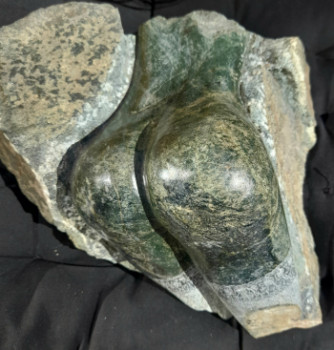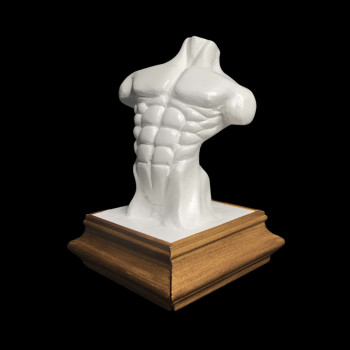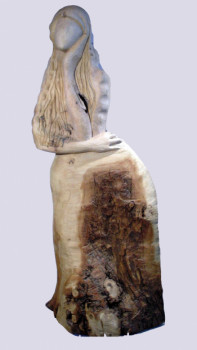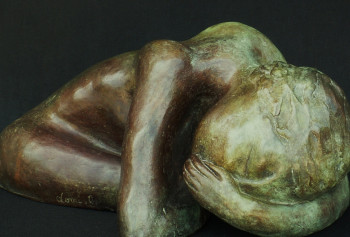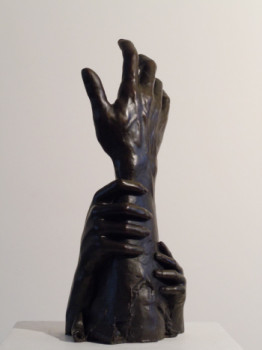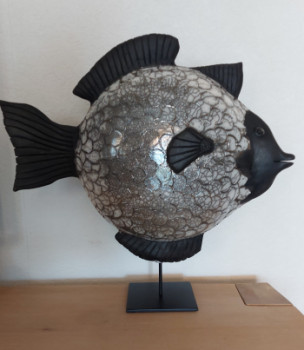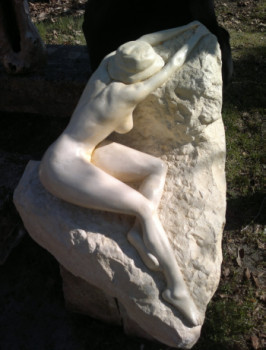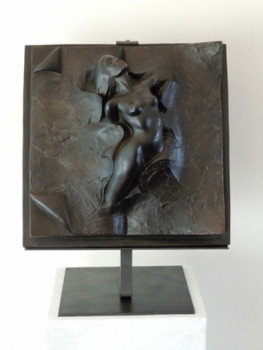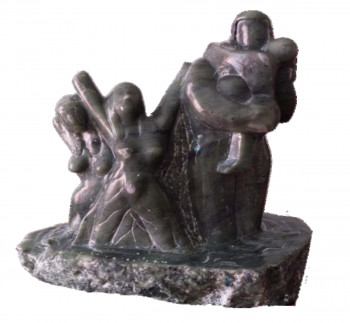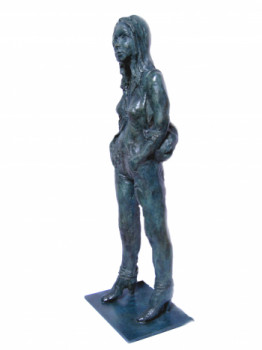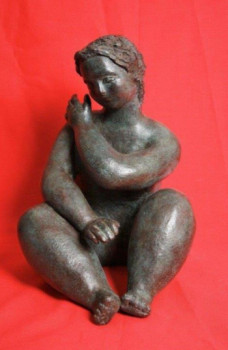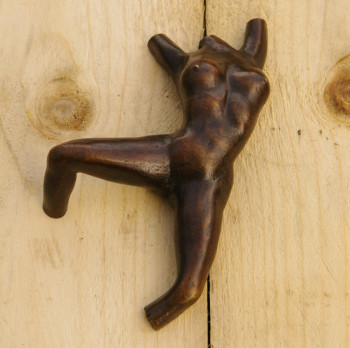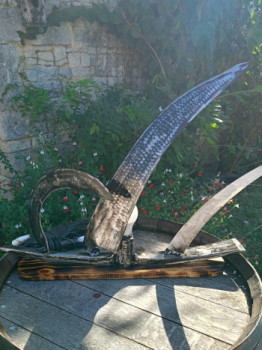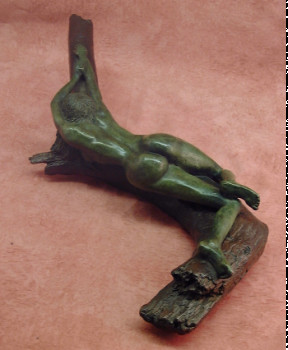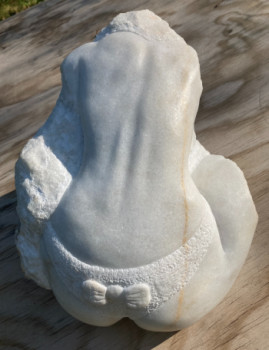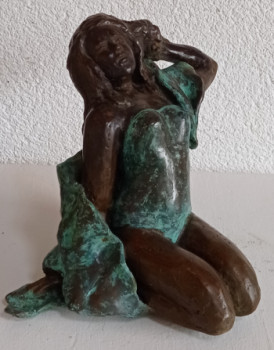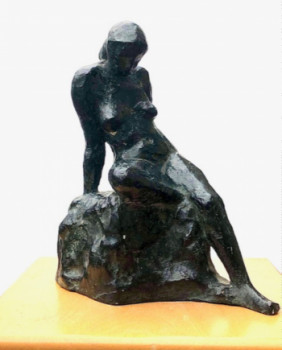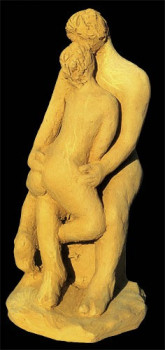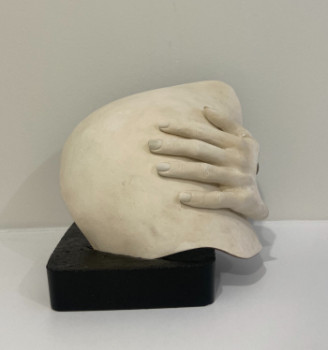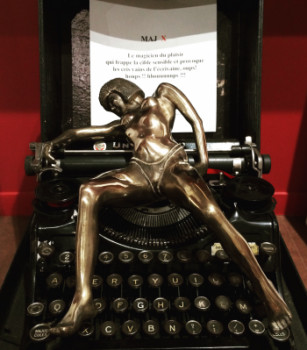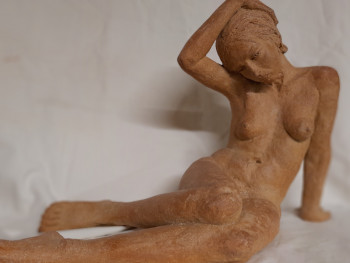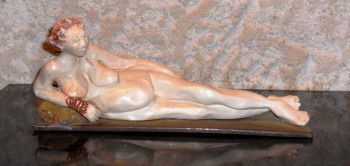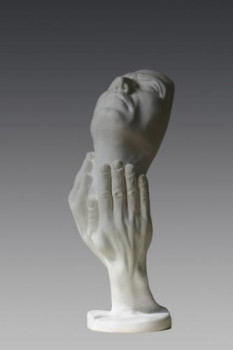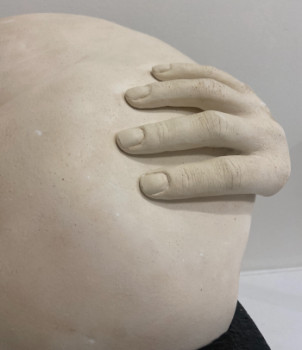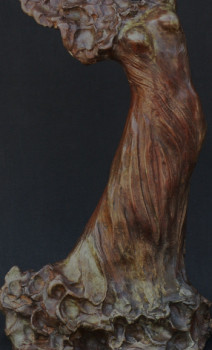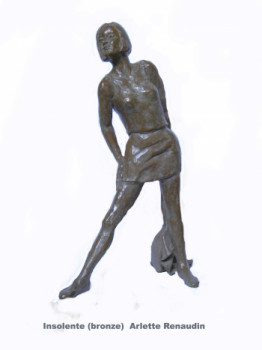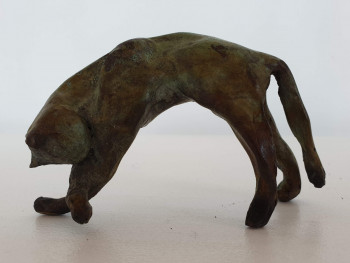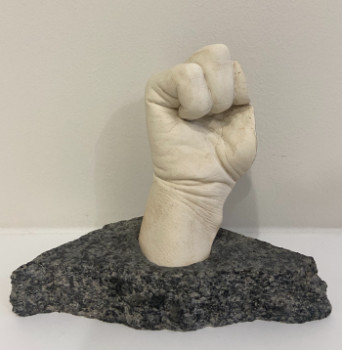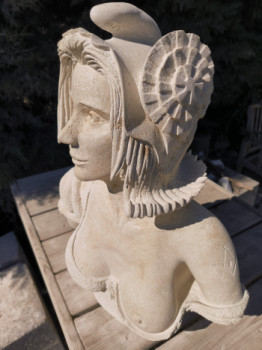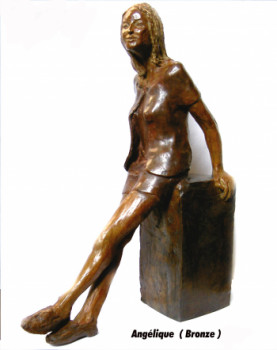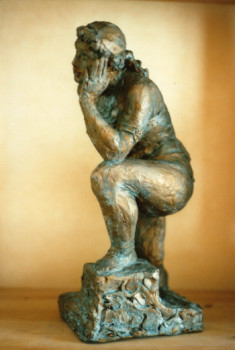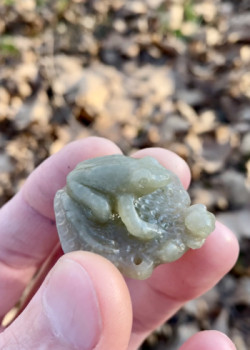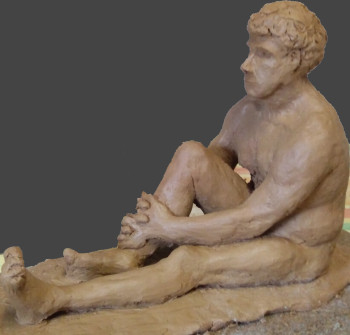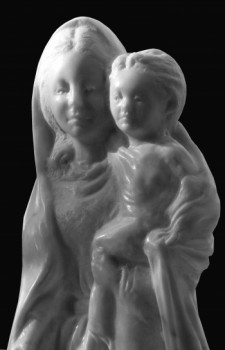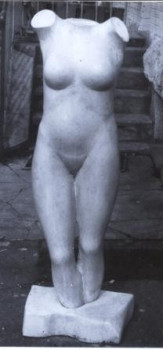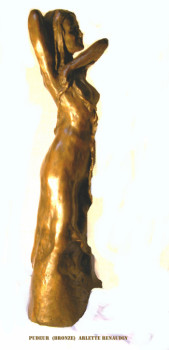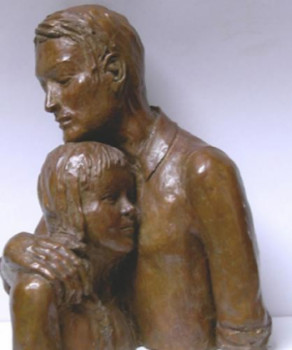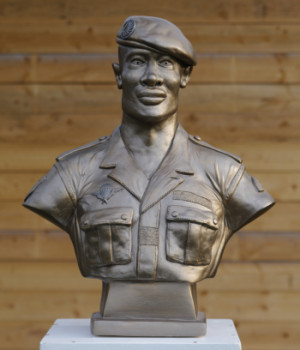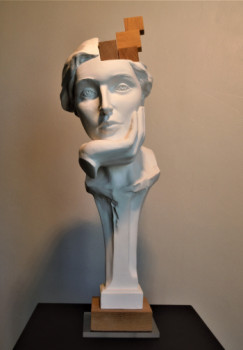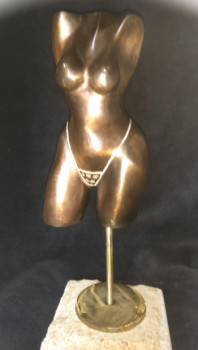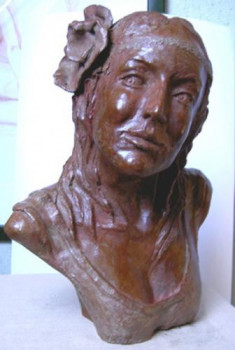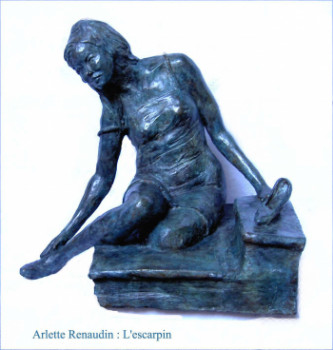
Rodin, the father of modern sculpture
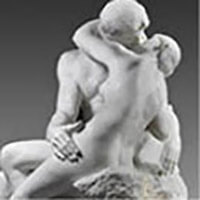
Although he did not become famous until the age of 40, the work by Rodin had a huge influence on modern art. «The Gate of Hell» is one of the most important monuments of the sculptor. It is made up of numerous sculptures, including The Thinker (1880) and The Kiss 1882. However, Rodin did not live long enough to complete his work. Let's discover together this sculptor who created It took two decades to become famous.
A childhood where drawing is a source of comfort
His real name, François-Auguste-René Rodin, this sculptor was born in on November 12, 1840 in a poor neighborhood in the fifth arrondissement of Paris. His father, Jean-Baptiste Rodin, was a police inspector and his mother, Marie Cheffer, was the second wife of Rodin's father. Despite their modest income, they sent their son in a boarding school Beauvais. Disturbed From a young age suffering from poor vision, this future sculptor artist had trouble getting to his feet. see the figures on the table and below; follow the lessons. Without knowing that he suffers from myopia, he finds comfort in drawing and starts to draw everything he sees and everything he imagines.
The first failures of the young budding sculptor
In 1854, he decided to pursue an artistic career and entered a specialized school to learn drawing and modeling. Having little encouragement from his instructors or his comrades, the young sculptor began to work on his work. doubt himself. Four years later, Rodin tried to enter the world. the «Grande Ecole" -the Ecole des Beaux-Arts in Paris- where although he succeeded in the drawing competition, he failed the sculpture competition three times. Indeed, his search for naturalism did not correspond to the academic style of Fine Arts.
After the third refusal, Rodin develops into decorative masonry where he works. he creates architectural ornaments. Although he did not like this job, he continued for twenty years in order to ensure a meager livelihood. When his sister died in 1862, this misunderstood sculptor hesitated to take action. enter the church. However, two years later, he met a seamstress, Rose Beuret, who would become his companion until his death. his death, despite his death the numerous connections of the sculptor. During his free time, Rodin continued to sculpt. At the Paris Salon in 1864 , he attempts to present one of his sculptures which he considers to be the best of his works, L’ man with a broken nose but it is rejected two times. Indeed, by presenting the face of a man to doing everything local, Rodin favors realism which does not fit with classical notions of beauty.
A Sculptor in search of realism
Under the direction of Albert-Ernest Carrier-Belleuse, one of his sculptor colleagues, Rodin finds better orders. However, his work is disrupted. by the Franco-Prussian War during which Rodin served as an officer until 1871. The same year, he left with Carrier-Belleuse for Belgium to work at a military station. the decoration of public monuments Brussels. His companion, Rose Beuret, joins him there. Brussels. During a trip to Italy in 1975, the sculptor had the opportunity to create his work. to observe the work of Michelangelo. The latter as well as Donatello will inspire Rodin to shape bronze by creating his first original work, The Vanquished. In the artistic circles of Brussels and at the Paris Salon where Rodin gave it the title of The Age of Brass, this sculpture caused scandals . The realism of Rodin's work contrasts so much with the sculptures of his contemporaries that some have accused him of to have trained its mold on a living person. However, the undersecretary of the Ministry of Fine Arts, Edmond Turquet purchased the work thus validating Rodin's sculpture.
The series of sculptures intended for «The Gate of Hell»
During the following decade, the sculptor was finally able to establish his artistic style. Thanks to With a large team for the final casting of the sculptures, the sculptor artist was able to create a series of famous works such as «"Les Bourgeois de Calais", a bronze sculpture which includes six human statues, i.e. the six citizens who were to be executed during the Hundred Years' War. It was Turquet’s order that allowed this to happen. The artist sculptor created several famous sculptures to create an entry for a museum project in 1880. However, the project ended up being destroyed. be canceled and the Gate of Hell was not destroyed. casting than’ posthumous title.
It was during his project that the sculptor artist created numerous works, inspired by Charles Baudelaire's Flowers of Evil and Dante's Divine Comedy. There are sculptures such as:
- The Thinker (1880), a sculpture which is intended to be a representation of Dante.
- The Three Shadows (1886), a work where the sculptor represents the souls of the three damned ones who stand next to each other. the gate to hell.
- The Old Courtesan (1887), a sculpture which is supposed to show the effects of time. Indeed, once, this woman was beautiful, then she became repulsive and ashamed of her decrepitude.
- The Serpent Man (1887) whereù the sculptor represents a passage from Dante's Inferno.
The end of the sculptor's life
Apart from the Gate of Hell, the sculptor created a commission for a monument by Hugo in 1886 for the Parthenon. However, the sculptor shocked everyone. the public with his work of a naked Victor Hugo. 5 years later, the Company men of letters commissioned a sculpture of Balzac from him. By carrying out research to create a realistic work, the sculptor falls behind on his order and attracts the wrath of the Society. When he finally exhibited his model at the Salon de la Société Nationale des Beaux-Arts in 1898, it sparked a violent debate but the sculptor was defended by the future French prime minister, Georges Clemenceau. Rodin will still have to reimburse the company for the damage. but he will keep his model, the statue of which will not be erected until 1939 in the Montmartre district in Paris. Paris. After this failure, Rodin's pace slowed down, however, numerous exhibitions gave him worldwide fame. In 1899, the sculptor exhibited in Holland and Belgium, then a few years later in Belgium. Prague, New York and Germany. The artist sculptor is also known for the liaisons he maintained with different women, notably Camille Claudel, a young sculptor and Claire de Choiseul, a marquise who became a duchess, later in life. paid by his partner, Rose Beuret. Faced with the shenanigans of many women around him, the sculptor's friends advise him to marry Rose Beuret. The couple married in January 1917 but the sculptor's wife died two weeks later. The same year, Rodin died in November.
Découvrez quelques oeuvres inspirées de Rodin
